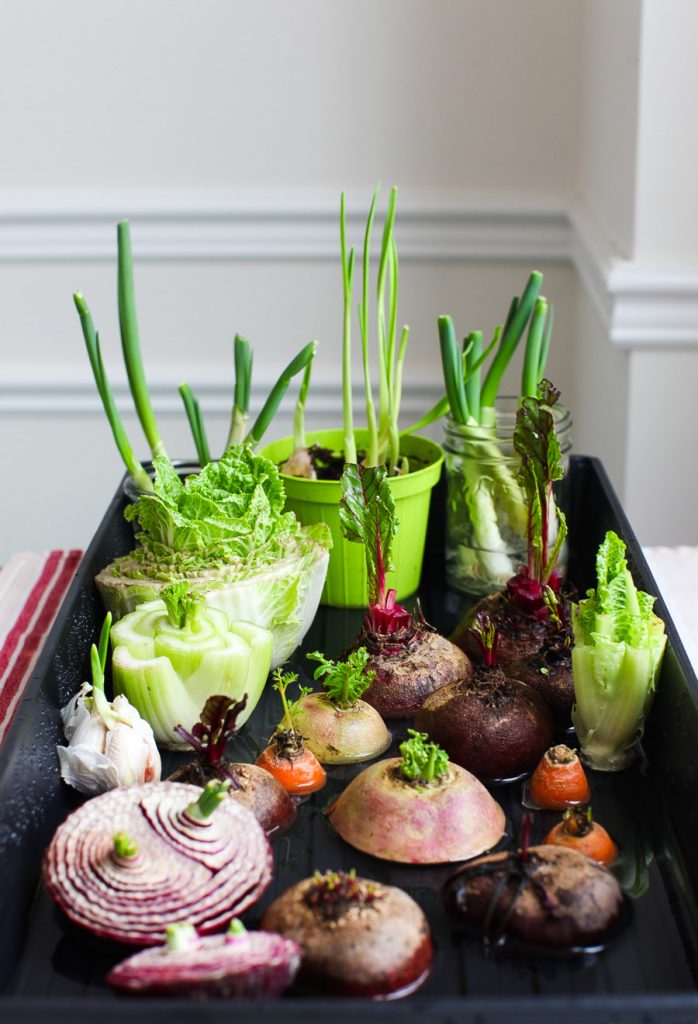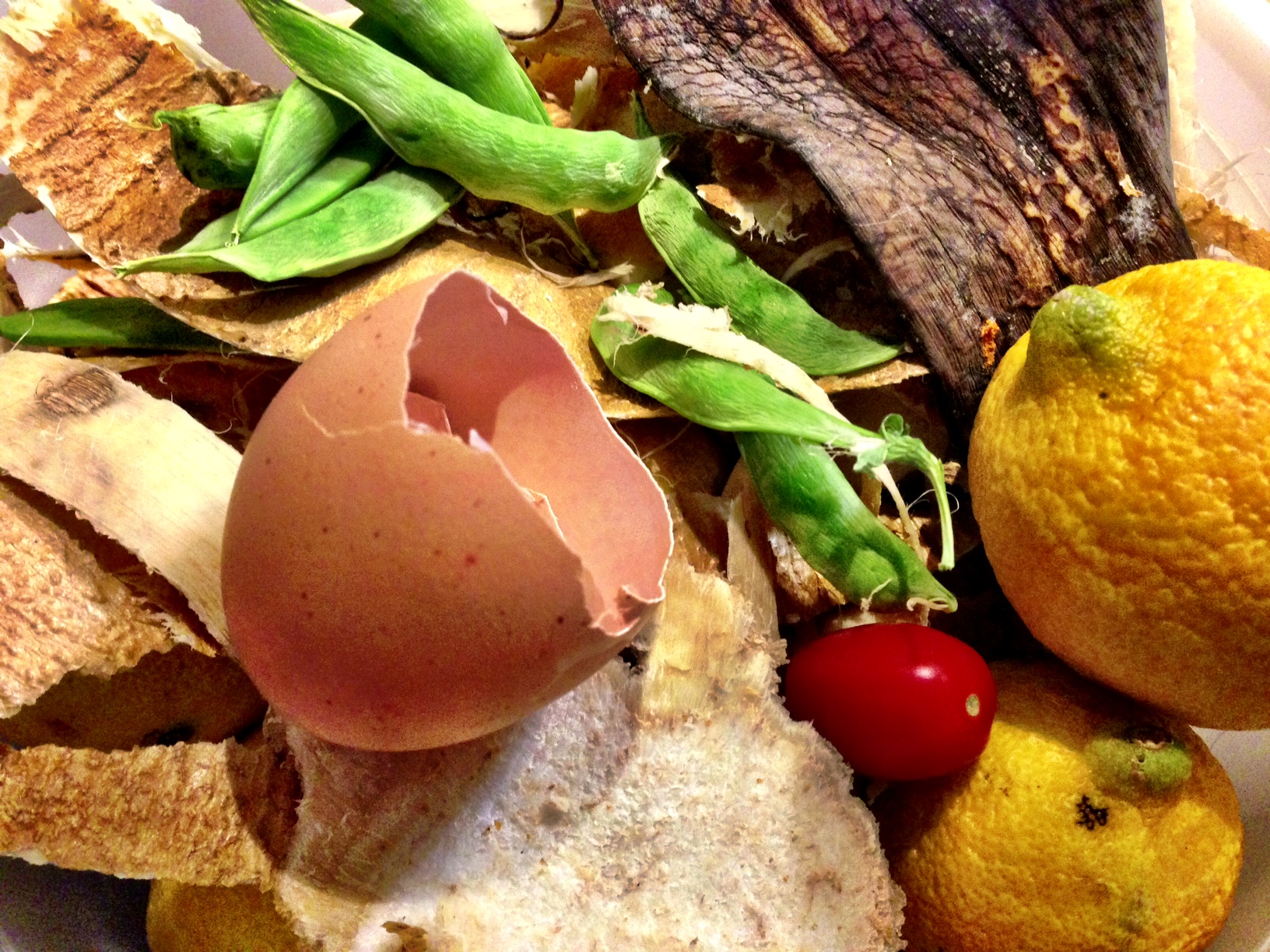How to Grow Vegetables from Kitchen Scraps: A Greener Future Starts Here

Imagine transforming your kitchen waste into a lush, eco-friendly garden. It's like turning your trash into treasure! Growing vegetables from kitchen scraps isn't just a fun experiment; it's a step towards sustainable living. Let's dive in and discover how you can reduce waste and enjoy fresh, homegrown produce.
The Art of Regrowing Vegetables: Getting Started
What You'll Need
Before we begin, let's gather our tools. You'll need:
- Kitchen scraps (of course!)
- Water
- Containers or pots
- Soil
- Sunlight
- Patience and love
Choosing the Right Scraps
Not all food scraps are created equal. Some vegetables regrow more easily than others. Here are some of the best candidates for plant propagation:
- Leafy greens like lettuce and celery
- Root vegetables like carrots and beets
- Bulbs like garlic and onions
- Herbs like basil and cilantro
Regrowing Magic: Vegetable by Vegetable
Leafy Greens
Lettuce
Who said you can't have a salad garden on your windowsill? Place the base of a lettuce head in a bowl of water, change the water every 1-2 days, and watch it regrow. Once roots form, transplant it into soil.

Celery
Cut off the base of the celery stalk and place it in a shallow bowl of water. After a few days, you'll see new growth emerging from the center. Transplant it into soil once roots form.
Root Vegetables
Carrots
While you can't regrow a whole carrot, you can use the tops to grow carrot greens. Place the carrot top in a shallow dish of water, and once roots form, transplant it into soil.
Beets
Similar to carrots, beet tops can be used to grow beet greens. Place the beet top in water, and once roots form, transplant it into soil.
Bulbs
Garlic
Plant individual garlic cloves in soil, root end down. Keep the soil moist and in a sunny spot. Green shoots will emerge, and eventually, you'll have a whole new bulb.
Onions
Cut off the root end of an onion, leaving about a half-inch of onion. Plant it in soil, and keep it watered. New onion shoots will emerge.
Herbs
Basil
Place basil stems in a glass of water. Once roots form, transplant them into soil. Keep the soil moist and in a sunny spot.
Cilantro
Place cilantro stems in a glass of water. Once roots form, transplant them into soil. Cilantro grows best in cool, shady spots.
Caring for Your New Plants
Once your plants have taken root, treat them like any other plant. Ensure they have enough sunlight, water, and nutrients. Remember, plants are like people. They need food, water, and love to grow.
The Benefits of Eco-Friendly Gardening
Growing vegetables from kitchen scraps isn't just fun; it's also eco-friendly. You're reducing waste, saving money, and growing fresh, organic produce. It's a win-win-win!
Troubleshooting: When Things Don't Go as Planned
Even the greenest thumbs face challenges. If your plants aren't growing as expected, consider these factors:
- Light: Are your plants getting enough sunlight?
- Water: Are you watering them enough, or too much?
- Temperature: Are they too hot or too cold?
- Patience: Have you given them enough time to grow?
Resources for Further Learning
Want to learn more? Check out these authoritative resources:
Conclusion: Embrace the Journey
Growing vegetables from kitchen scraps is a journey. It's a journey of discovery, of patience, and of love. You're not just growing plants; you're growing a greener future. So, what are you waiting for? Start your eco-friendly gardening adventure today!
FAQs
Can I regrow vegetables from cooked scraps?
- Unfortunately, cooked scraps are less likely to regrow. Raw scraps have a higher chance of success.
How long does it take to see growth?
- It varies by plant, but you should see initial growth within a week or two.
Can I regrow vegetables in water alone?
- Some vegetables can regrow in water alone, but for long-term growth, soil is best.
Can I use supermarket produce for regrowing?
- Yes, but keep in mind that some store-bought produce may be treated with chemicals that inhibit regrowth.
What if my plants don't grow?
- Don't be disheartened. Gardening is a learning process. Try again, adjusting factors like light, water, and temperature.

- Don't be disheartened. Gardening is a learning process. Try again, adjusting factors like light, water, and temperature.
Happy gardening! Remember, every expert was once a beginner. Enjoy the journey, and watch your green thumb flourish!
0 Response to "How to Grow Vegetables from Kitchen Scraps: A Greener Future Starts Here"
Post a Comment